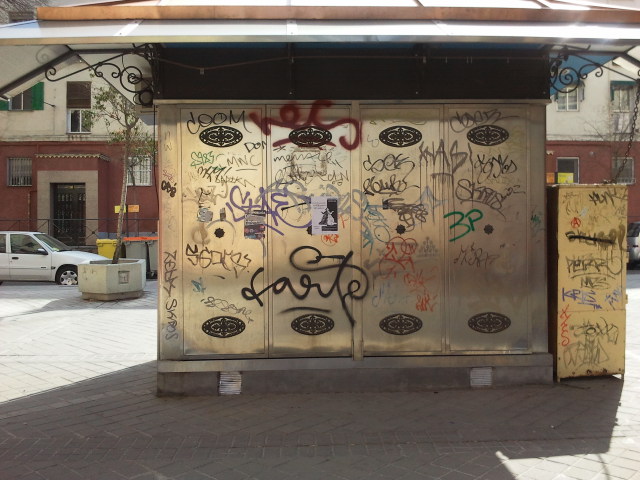A few days ago, the news broke that the trade union of kiosks was planning to boycott the distribution of the newspaper El País.
The reason was almost obvious: Prisa and Amazon had just announced an agreement whereby Amazon will be in charge of sending all printed newspapers of the group Prisa (El País, As and Cinco Días) to readers’ homes. ![]()
The agreement between Prisa and Amazon
The terms of the agreement between Prisa and Amazon are simple but definitive. Amazon will send the group’s newspapers directly to customers’ homes through its Amazon Prime Now service (currently, in Spain, this service only works in Madrid and Barcelona).
The subscriber – Amazon, not the newspaper – will receive the requested copy in less than two hours. (Or in less than an hour by paying 5.90 euros).
This breaks with the traditional relationship between newspaper and kiosk. If until a few years ago it was a true symbiosis, a WinWin in which both parties benefited, with the change of technological model the gap has been opened. And today bankruptcy seems definitive.
No matter how much the kiosks do, the road does not seem to have a return.
The death of the traditional kiosk
This agreement between Prisa and Amazon is, in fact, only the last straw of a business model that was already agonizing.
Paper model has been condemned to death since the arrival of the Internet. Share on XThe paper model has been condemned to death (at least as we know it) since the arrival of the Internet. By the time the press realized that consumers were opting for the consumption of information through digital media and abandoning the newspaper and print magazine, the drift was evident.
Related Articles: Amazon launches its own sales program for Influencers
The first to launch were, of course, the smallest newspapers and magazines of smaller print. With less to lose in change, they chose to take the lead and position themselves as pioneers.
Then there have been the large groups, who have seen their sales in the paper format fell rapidly in a very short time.
Perhaps Prisa and, in particular, El País have been the ones that have taken the most risks to date. The first of the greats to take steps in this direction, reaching agreements and very risky formulas.
Allying with Amazon (or assuming the role of Facebook) is a complex move. It supposes that this open confrontation with the Kiosk sector begins. And also, to assume that the same ones that buy the press in the kiosks will add to this change. Have they adequately assessed the demographic issues associated with this model? Or do you think that new readers who are attracted to the Amazon model can come up, readers who somehow return to paper? Is it only a temporary, transient solution, until the paper disappears forever?
In addition, it supposes a variant to the model that Internet was propiciando: ![]()
The Digital Kiosk
This was the formula that many magazines had found to reach readers (for example, ARCE). Apart from direct subscriptions, the possibility of accessing a digital platform in which the reader acquires in one or more formats the copy that you want.
To digitalize the kiosk, without more, through the association or cooperation of several means. Model that lowers costs and facilitates the search and purchase of the reader, who no longer need access to the individual websites of each of the means to buy what they are looking for.
Related articles: Amazon’s Alexa Robot can now access the user’s location
The question is whether other media and magazines will rethink the digitization. Maybe they will open the door to make the physical and digital formats compatible. Direct download via web or physical shipping through powerful logistics like Amazon. (Or others who want to compete in this sector).
We will see… ![]()





